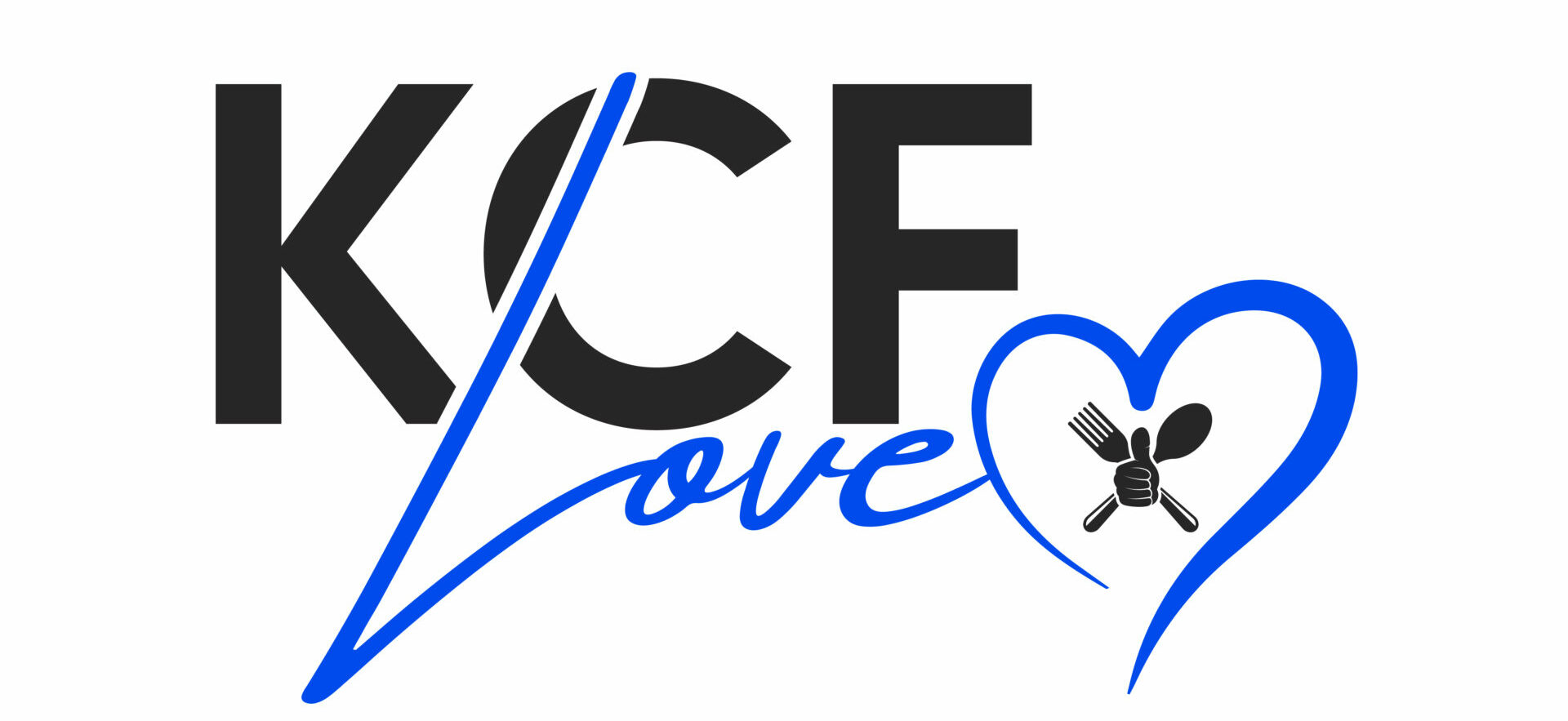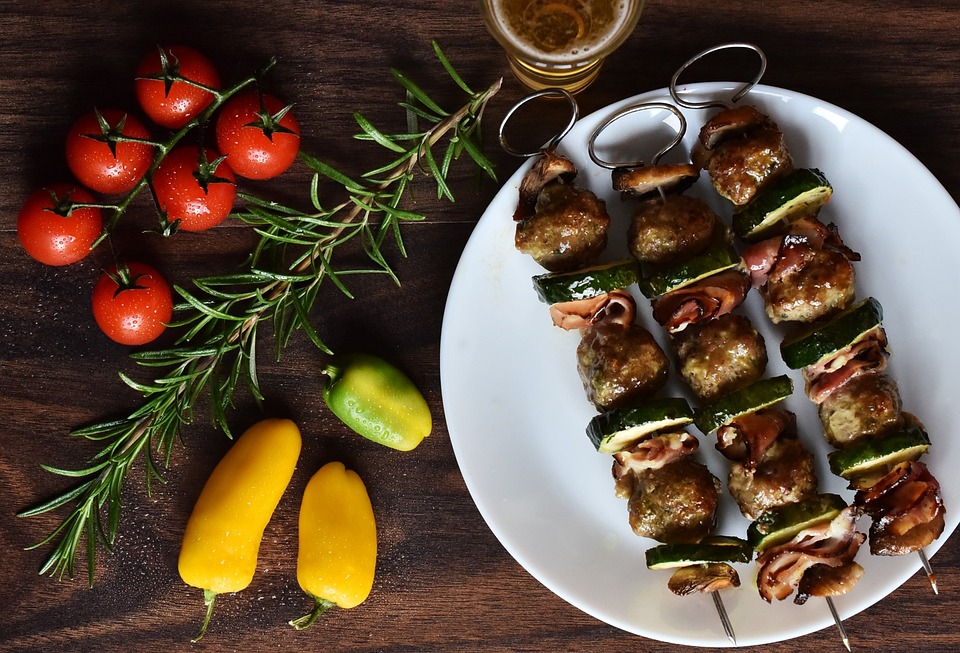Welcome to the exciting world of keto, where delicious meals and a healthier you await! If you’re ready to embark on a journey towards improved well-being, increased energy, and perhaps a few less pounds to carry around, the ketogenic diet might be just what you need. In this beginner’s guide, we’ll explore the basics of helping you get started with keto, focusing on the magic number of 20g carbs a day.
Thank you for reading this post, don't forget to subscribe!
Some links may be sponsored and help generate operating funds for this website.
Nothing on this site is intended as medical advice. Work with healthcare professionals for optimal health.
Note: 20g of carbs a day might not end up being a hard limit for everybody. Metabolism, physical activity, and other factors may impact this number. It’s just the generally accepted limit that will help the most people enjoy the benefits of a ketogenic diet. See what the Diet Doctor has to say about the 20g carbohydrate limit.
A Simple Guide to Help You Get Started With Keto
Understanding the Keto Lifestyle: Keto, short for ketogenic, is a low-carbohydrate, high-fat diet designed to put your body into a state of ketosis. This metabolic state encourages your body to burn fat for fuel instead of relying on carbohydrates. With a daily carb limit of 20g, you’ll be well on your way to reaping the benefits of ketosis.
Step 1: Stocking Your Keto Kitchen: The key to success on keto is having the right ingredients at your fingertips. Start by filling your kitchen with healthy fats like avocados, olive oil, and butter. Choose high-quality proteins such as beef, poultry, and fish. Vegetables with low net carb counts, like leafy greens and cruciferous veggies, should also be on your shopping list. Also, be sure to read up on keto, dehydration, and curing the keto flu with electrolytes.
Don’t forget keto-friendly snacks like nuts, seeds, celery sticks, low-carb dips, and low-carb yogurt for those mid-day cravings. Be careful with the nuts because a serving usually means about a handful. One common suggestion includes buying nuts in the shell because it will help slow your roll.
Step 2: Plan Your Meals: Meal planning helps a lot when it comes to sticking to your low-carbohydrate diet. It also makes it easier to stick to your budget at the grocery store. You can map out your breakfasts, lunches, and dinners for the week, ensuring that each meal stays within your 20g carb limit.
Get creative with recipes that incorporate rich flavors and textures, like bacon-wrapped asparagus or a creamy cauliflower mash. By planning ahead, you’ll not only save time but also set yourself up for keto success. If you plan to dine out, check the restaurant menu online for low-carb options.
Step 3: Embrace Healthy Fats: Contrary to popular belief, fats are not the enemy on keto – they’re your allies. Avocado, coconut oil, and nuts should become staples in your diet. These healthy fats keep you satisfied, provide a steady source of energy, and play a crucial role in reaching and maintaining ketosis.
Just remember that fats also provide calories, so you should consider fat a variable, depending on your goals for losing weight. This seems like the perfect time to visit our keto macro calculator to estimate your nutritional needs. Treat protein as a goal and fat as a lever.
Step 4: Monitor Your Macros: Tracking your macronutrients (macros) – fats, proteins, and carbohydrates – is essential on the keto diet. After you get used to it, you may be able to estimate fairly well, but many keto dieters find tracking apps helpful.
Step 5: Stay Hydrated and Mindful: Proper hydration is vital on any diet, and keto is no exception. Drink plenty of water and include electrolytes, like salt, potassium, and magnesium, to support your body’s functions and help ward off the infamous “keto flu” symptoms.
Additionally, practice mindful eating to develop a deeper connection with your body’s hunger and fullness cues, making it easier to stick to your carb limit. Many folks find that sticking to a keto diet helps curb cravings, so this becomes much easier. This can take a few weeks, so one of the most important tips for getting started with a keto diet is “Vitamin P” for patience.
Step 6: Have a scale and tape measure: Some days, the scale might not seem like your friend. In particular, people who also exercise regularly may find that they’re also building muscle (a good thing), so an inexpensive, cloth tape measure offers a better measure of progress than a scale.
Step 7: Work With Your Health Professional: In particular, people with health conditions should work with their doctors to help manage their diets, track progress, and customize their diet to their needs.
Congratulations for Getting Started With Keto!
You’ve taken the first steps toward a healthier, more energetic version of yourself. Remember, the journey to success on keto is about embracing the lifestyle, experimenting with delicious recipes, and staying committed to your goals. With 20g carbs a day as your guide, you’re well on your way to achieving ketosis and unlocking the benefits of this transformative diet.
You may also find our helpful keto resources guide helpful. Remember to exercise kindness and patience with yourself, but try not to cheat. Happy keto-ing, and good luck getting started with keto!

